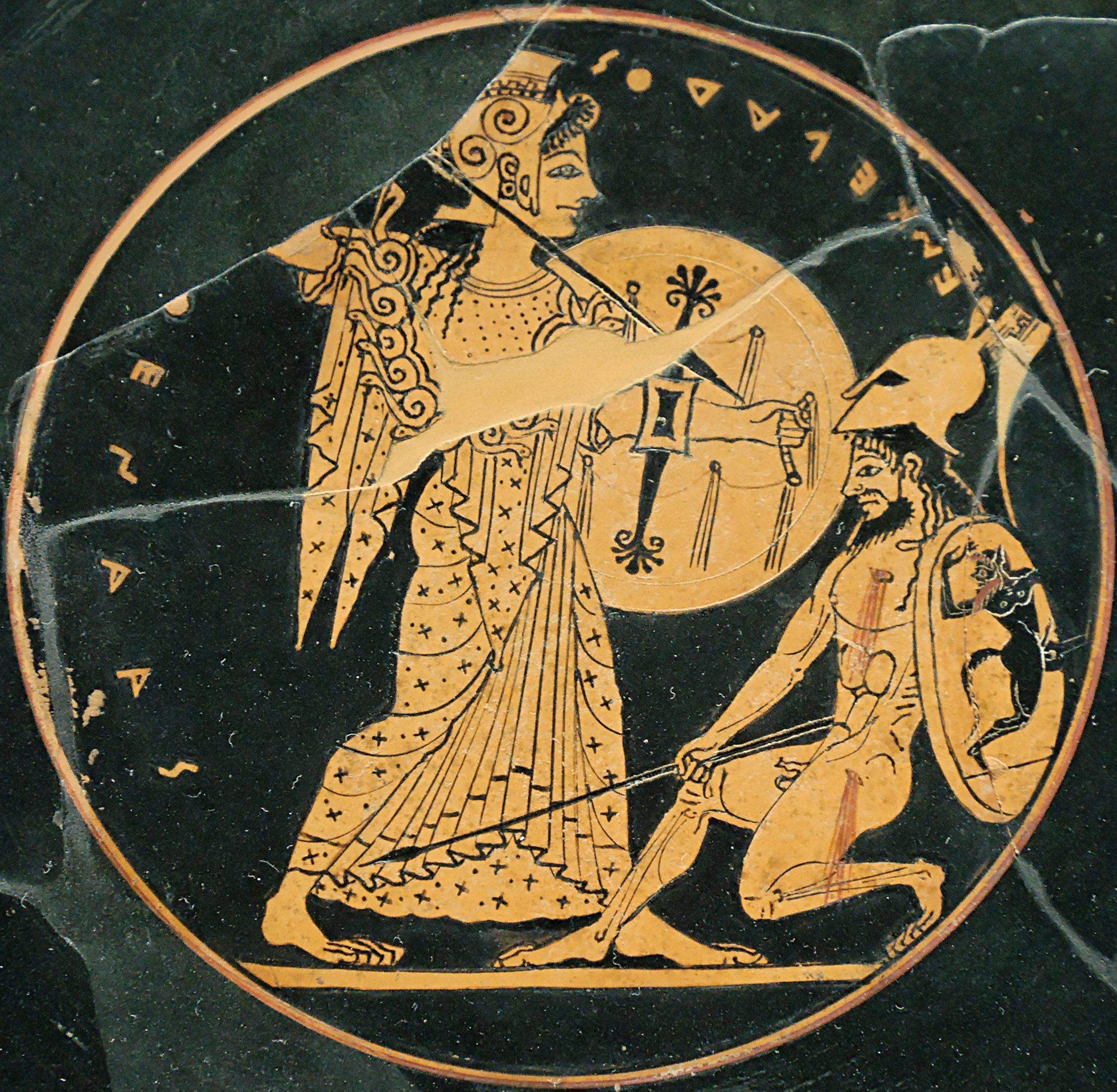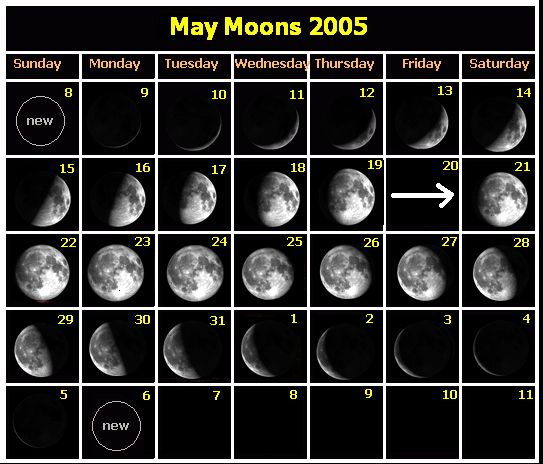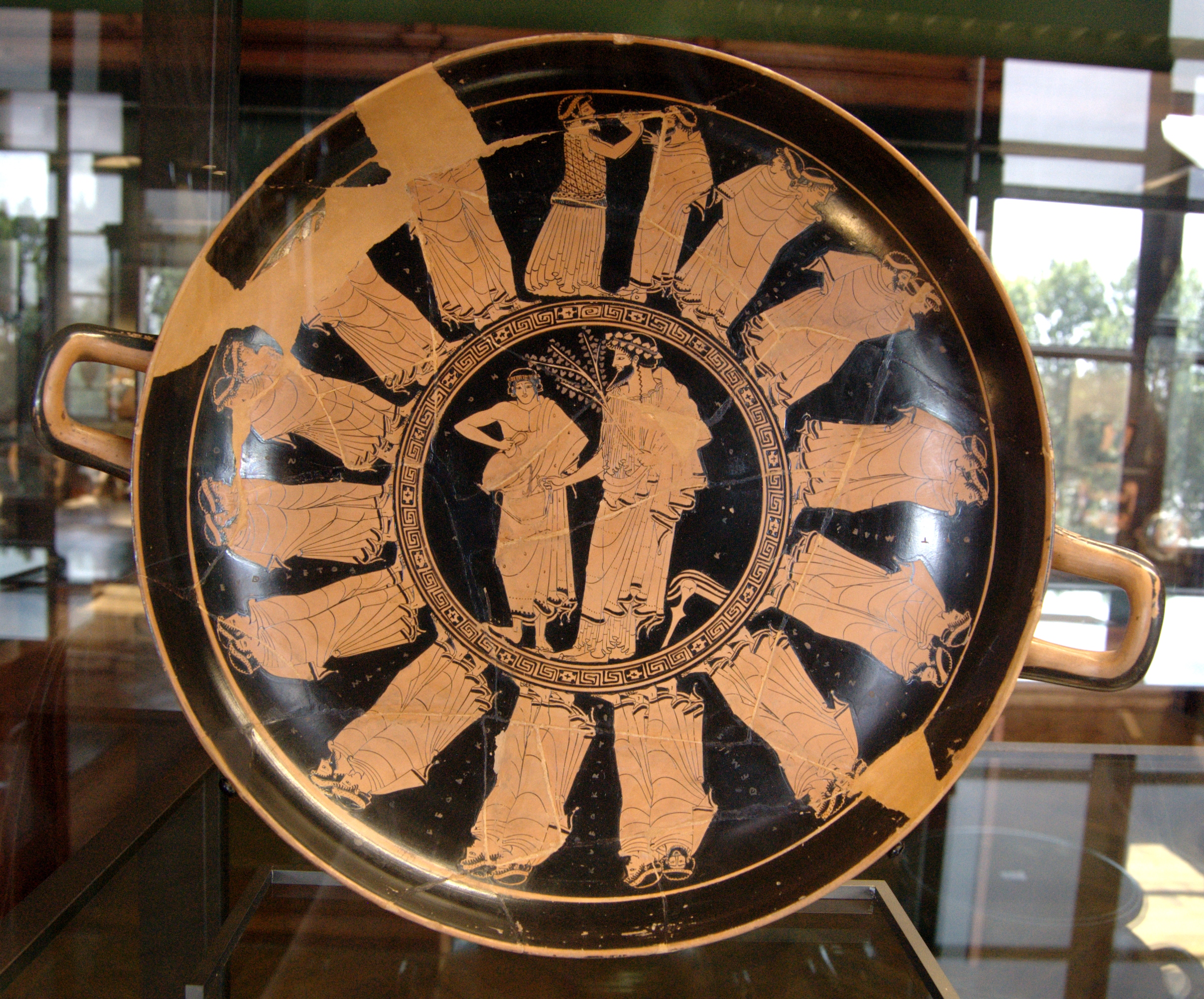|
Polybotes
In Greek mythology, Polybotes () ( grc-gre, Πολυβώτης) was one of the Giants, the offspring of Gaia (Earth), and Uranus (Sky). He fought Poseidon during the Gigantomachy, the war between the Giants and the gods. Mythology Polybotes was one of the Gigantes ( Giants), the offspring of Gaia, born from the blood that fell when Uranus was castrated by their son Cronus. According to the mythographer Apollodorus, during the Gigantomachy, the cosmic battle of the Giants with the Olympian gods, Polybotes was crushed under Nisyros, a piece of the island of Kos broken off and thrown by Poseidon: :Polybotes was chased through the sea by Poseidon and came to Cos; and Poseidon, breaking off that piece of the island which is called Nisyrum, threw it on him. The first-century BC geographer Strabo also records the story of Polybotes buried under Nisyros (or Kos itself): :They say that Nisyros is a fragment of Cos, and they add the myth that Poseidon, when he was pursuing one ... [...More Info...] [...Related Items...] OR: [Wikipedia] [Google] [Baidu] |
Giants (Greek Mythology)
In Greek and Roman mythology, the Giants, also called Gigantes (Greek: Γίγαντες, ''Gígantes'', Γίγας, ''Gígas''), were a race of great strength and aggression, though not necessarily of great size. They were known for the Gigantomachy (or Gigantomachia), their battle with the Olympian gods. According to Hesiod, the Giants were the offspring of Gaia (Earth), born from the blood that fell when Uranus (Sky) was castrated by his Titan son Cronus. Archaic and Classical representations show Gigantes as man-sized hoplites (heavily armed ancient Greek foot soldiers) fully human in form. Later representations (after c. 380 BC) show Gigantes with snakes for legs. In later traditions, the Giants were often confused with other opponents of the Olympians, particularly the Titans, an earlier generation of large and powerful children of Gaia and Uranus. The vanquished Giants were said to be buried under volcanoes and to be the cause of volcanic eruptions and earthquakes. Or ... [...More Info...] [...Related Items...] OR: [Wikipedia] [Google] [Baidu] |
Nisyros
Nisyros also spelled Nisiros ( el, Νίσυρος, Nísiros) is a volcanic Greek island and municipality located in the Aegean Sea. It is part of the Dodecanese group of islands, situated between the islands of Kos and Tilos. Its shape is approximately round, with a diameter of about , and an area of . Several other islets are found in the direct vicinity of Nisyros, the largest of which is Gyali, with a population of 22 citizens. The Municipality of Nisyros includes Gyalí, as well as uninhabited Pacheiá, Pergoússa, Kandelioussa, Ágios Antónios and Stroggýli. It has a total land area of and a total population of 1,008 inhabitants. The island was also called ''Nisiro'' in Italian and ''İncirli'' in Turkish. Geology The island has a wide caldera, and was formed within the past 150,000 years, with three separate eruptive stages, ranging from explosive and effusive andesitic eruptions to explosive and effusive dacitic and rhyolitic activity. Its coasts are generall ... [...More Info...] [...Related Items...] OR: [Wikipedia] [Google] [Baidu] |
Odyssey
The ''Odyssey'' (; grc, Ὀδύσσεια, Odýsseia, ) is one of two major Ancient Greek literature, ancient Greek Epic poetry, epic poems attributed to Homer. It is one of the oldest extant works of literature still widely read by modern audiences. As with the ''Iliad'', the poem is divided into 24 books. It follows the Greek hero cult, Greek hero Odysseus, king of Homer's Ithaca, Ithaca, and his journey home after the Trojan War. After the war, which lasted ten years, his journey lasted for ten additional years, during which time he encountered many perils and all his crew mates were killed. In his absence, Odysseus was assumed dead, and his wife Penelope and son Telemachus had to contend with a Suitors of Penelope, group of unruly suitors who were competing for Penelope's hand in marriage. The ''Odyssey'' was originally composed in Homeric Greek in around the 8th or 7th century BCE and, by the mid-6th century BCE, had become part of the Greek literary canon. In Classic ... [...More Info...] [...Related Items...] OR: [Wikipedia] [Google] [Baidu] |
James George Frazer
Sir James George Frazer (; 1 January 1854 – 7 May 1941) was a Scottish social anthropologist and folklorist influential in the early stages of the modern studies of mythology and comparative religion. Personal life He was born on 1 January 1854 in Glasgow, Scotland, the son of Katherine Brown and Daniel F. Frazer, a chemist. Frazer attended school at Springfield Academy and Larchfield Academy in Helensburgh. He studied at the University of Glasgow and Trinity College, Cambridge, where he graduated with honours in classics (his dissertation was published years later as ''The Growth of Plato Plato ( ; grc-gre, Πλάτων ; 428/427 or 424/423 – 348/347 BC) was a Greek philosopher born in Athens during the Classical period in Ancient Greece. He founded the Platonist school of thought and the Academy, the first institutio ...'s Ideal Theory'') and remained a Classics Fellow all his life. From Trinity, he went on to study law at the Middle Temple, but ne ... [...More Info...] [...Related Items...] OR: [Wikipedia] [Google] [Baidu] |
Arthur Bernard Cook
Arthur Bernard Cook (22 October 1868 in Hampstead – 26 April 1952 in Cambridge) was a British archeologist and classical scholar, best known for his three-part work, ''Zeus: A Study in Ancient Religion''. Early life and education Arthur Bernard Cook was born in Hampstead, London on 22 October 1868. He was the son of William Henry Cook MD (1825-1882) and Harriet Bickersteth (1830-1918) His mother's family were leading ecclesiastical scholars of the time, including Edward Bickersteth (Dean of Lichfield) (1814-1892), Edward Bickersteth (bishop of Exeter) (1825-1906) and Edward Bickersteth (bishop of South Tokyo). (1850-1897) Cook was educated at St. Paul's School, where he won several academic prizes. He received an MA from the Trinity College, Cambridge. The Chancellor's Gold Medal is a distinguished annual award at Cambridge University for poetry, paralleling Oxford University's Newdigate prize. Cook's poem ''Windsor Castle'' won the Chancellor's Gold Medal for poetry a ... [...More Info...] [...Related Items...] OR: [Wikipedia] [Google] [Baidu] |
Red-figure
Red-figure vase painting is one of the most important styles of figural Greek vase painting. It developed in Athens around 520 BCE and remained in use until the late 3rd century BCE. It replaced the previously dominant style of black-figure vase painting within a few decades. Its modern name is based on the figural depictions in red color on a black background, in contrast to the preceding black-figure style with black figures on a red background. The most important areas of production, apart from Attica, were in Southern Italy. The style was also adopted in other parts of Greece. Etruria became an important center of production outside the Greek World. Attic red-figure vases were exported throughout Greece and beyond. For a long time, they dominated the market for fine ceramics. Few centers of pottery production could compete with Athens in terms of innovation, quality and production capacity. Of the red-figure vases produced in Athens alone, more than 40,000 specimens and f ... [...More Info...] [...Related Items...] OR: [Wikipedia] [Google] [Baidu] |
Amphora
An amphora (; grc, ἀμφορεύς, ''amphoreús''; English plural: amphorae or amphoras) is a type of container with a pointed bottom and characteristic shape and size which fit tightly (and therefore safely) against each other in storage rooms and packages, tied together with rope and delivered by land or sea. The size and shape have been determined from at least as early as the Neolithic Period. Amphorae were used in vast numbers for the transport and storage of various products, both liquid and dry, but mostly for wine. They are most often ceramic, but examples in metals and other materials have been found. Versions of the amphorae were one of many shapes used in Ancient Greek vase painting. The amphora complements a vase, the pithos, which makes available capacities between one-half and two and one-half tons. In contrast, the amphora holds under a half-ton, typically less than . The bodies of the two types have similar shapes. Where the pithos may have multiple sma ... [...More Info...] [...Related Items...] OR: [Wikipedia] [Google] [Baidu] |
Dinos
In the typology of ancient Greek pottery, the ''dinos'' (plural ''dinoi'') is a mixing bowl or cauldron. ''Dinos'' means "drinking cup," but in modern typology is used (wrongly) for the same shape as a ''lebes'', that is, a bowl with a spherical body meant to sit on a stand. It has no handles and no feet. The Dinos Painter, one of the ancient Greek artists known for vase painting, takes his name from the type of vase characteristic of his work.Sparkes, ''Greek Pottery'', p. 115. Dinos were used for mixing water and wine, as it was considered rude to drink straight out of the goblet, at the time. See also * Dinos of the Gorgon Painter * Ancient Greek vase painting * Pottery of ancient Greece Ancient Greek pottery, due to its relative durability, comprises a large part of the archaeological record of ancient Greece, and since there is so much of it (over 100,000 painted vases are recorded in the Corpus vasorum antiquorum), it has ex ... References Ancient Greek pot sha ... [...More Info...] [...Related Items...] OR: [Wikipedia] [Google] [Baidu] |
Black-figure
Black-figure pottery painting, also known as the black-figure style or black-figure ceramic ( grc, , }), is one of the styles of painting on antique Greek vases. It was especially common between the 7th and 5th centuries BCE, although there are specimens dating as late as the 2nd century BCE. Stylistically it can be distinguished from the preceding orientalizing period and the subsequent red-figure pottery style. Figures and ornaments were painted on the body of the vessel using shapes and colors reminiscent of silhouettes. Delicate contours were incised into the paint before firing, and details could be reinforced and highlighted with opaque colors, usually white and red. The principal centers for this style were initially the commercial hub Corinth, and later Athens. Other important production sites are known to have been in Laconia, Boeotia, eastern Greece, and Italy. Particularly in Italy individual styles developed which were at least in part intended for the Etrusca ... [...More Info...] [...Related Items...] OR: [Wikipedia] [Google] [Baidu] |
Poseidon Polybotes Louvre F226
Poseidon (; grc-gre, Ποσειδῶν) was one of the Twelve Olympians in ancient Greek religion and myth, god of the sea, storms, earthquakes and horses.Burkert 1985pp. 136–139 In pre-Olympian Bronze Age Greece, he was venerated as a chief deity at Pylos and Thebes. He also had the cult title "earth shaker". In the myths of isolated Arcadia he is related with Demeter and Persephone and he was venerated as a horse, however, it seems that he was originally a god of the waters.Seneca quaest. Nat. VI 6 :Nilsson Vol I p.450 He is often regarded as the tamer or father of horses, and with a strike of his trident, he created springs which are related to the word horse.Nilsson Vol I p.450 His Roman equivalent is Neptune. Poseidon was the protector of seafarers, and of many Hellenic cities and colonies. Homer and Hesiod suggest that Poseidon became lord of the sea when, following the overthrow of his father Cronus, the world was divided by lot among Cronus' three sons; Zeus ... [...More Info...] [...Related Items...] OR: [Wikipedia] [Google] [Baidu] |
Athens
Athens ( ; el, Αθήνα, Athína ; grc, Ἀθῆναι, Athênai (pl.) ) is both the capital city, capital and List of cities and towns in Greece, largest city of Greece. With a population close to four million, it is also the seventh List of urban areas in the European Union, largest city in the European Union. Athens dominates and is the capital of the Attica (region), Attica region and is one of the List of oldest continuously inhabited cities, world's oldest cities, with its recorded history spanning over 3,400 years and its earliest human presence beginning somewhere between the 11th and 7th millennia BC. Classical Athens was a powerful Greek city-state, city-state. It was a centre for the arts, learning and philosophy, and the home of Plato's Platonic Academy, Academy and Aristotle's Lyceum (classical), Lyceum. It is widely referred to as the cradle of civilization, cradle of Western culture, Western civilization and the democracy#History, birthplace of democracy, larg ... [...More Info...] [...Related Items...] OR: [Wikipedia] [Google] [Baidu] |










